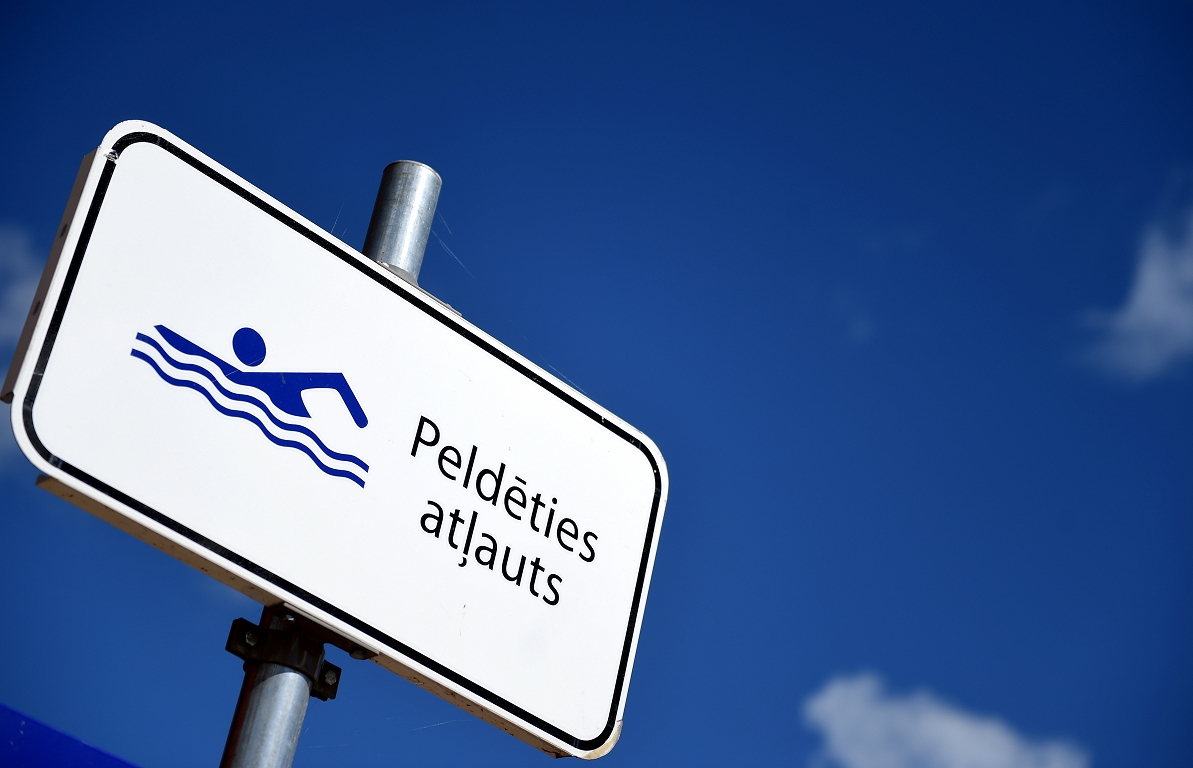Heavy shoes eat energy, but the walker does not notice much of that
/s3/static.nrc.nl/images/gn4/stripped/data130949369-59af5c.jpg)
Try that: walk with stiff legs, walk without bending the knees and without rocking back and forth like a penguin. It just goes without the foot of the leg that swings forward over the ground. But it is impossible to think about climbing stairs.
The simplest model that runs As SUCH Nicely describes it looks like that walking with stiff legs. It is the ‘inverted Slinger Model’ (the inverted pendulumsee Wikipedia), That has been around for sixty years. The stiff legs of this virtual model rotate at the top around a virtual hip joint that was brought together for the occasion with the center of gravity of the body. The feet are pointed and have no weight.
The model shows how the body’s center of gravity is brought up and forward by the working leg every time. The center of gravity rises and falls, slows and speeds up. With some assumptions and preconditions, it is nice to calculate how much work the persistence of a certain walking pace costs and then how much metabolic energy is needed for this (roughly four times as much).
It appears to be quite similar to the outcome of measurements on living running people on a treadmill. The work performed is derived from the movements of the center of gravity and/or the analysis of the vertical and horizontal reaction forces that generate the feet in the treadmill. Consumption and production of oxygen and co2 are the size for the metabolic energy. It is a separate field that now has one mer à boire has delivered items. There are Always better models Developed to calculate the work performed because the work is in the service of sports practice and sportsmen are sickly concerned about their energy consumption.
Styrofoam plates on a treadmill
Anyway, that was the latest news Scientists in Calgary Still have used the Inverted-Pendulum model to investigate the finerks of walking over uneven terrain. Because that hadn’t happened yet. The irregularities were simulated by sticking plates of styrofoam of a maximum of 4.5 cm thick on a treadmill – left in a place other than the right because of the naturalness – and having young test subjects made walks of six minutes there.
According to the rules of art, measurements have been made and compared. The sales and landing of the feet turned out to be different from a flat treadmill, a few things have been established and now you hope that the researchers will discover something that is worth it. The problem is that the irregularities cannot be made more in the event of more than has been done because then the test subjects will bend too much their knees when walking and it no longer looks like the model of the inverted sling. The hiker Those through swampy terrain with pollen pipes Purses does not help. You suspect that not every new measurement is a breakthrough.
The interest automatically shifted into classic treadmill research where the hiker It is beneficial: research into whether the weight of walking or mountain shoes influences the energy consumption of the walk or mountain trip. This work was given a good start to the efforts of Sid Robinsonphysiologist and runner, who put the test to the test with colleagues from Indiana University in 1943. Subjects were given shoes that weighed 1.4 to 4.4 kilograms per pair and therefore ran at a pace of 4.4 km/h. Striking conclusion: an extra weight of 1 kg in the shoes requires just as much extra energy from metabolism as 4 kg extra in the backpack.
A Extensive research In 1953 of the Max Planck-Institut für Arbeitsphysiology to a (one) test subject with a backpack with lead plates and a whole series of heavy shoes turned upside down again. The energy consumption (measured as oxygen consumption) seemed to be there to decrease As the shoes with some lead were made heavier – until the feet were stabbed in heavy German army boots of 1.8 kg each. Then it increased.
Research in 1968 The impression strengthened the impression on two very small, slightly dropped miners in Johannesburg. At a walking speed of 4.8 km/h, heavier shoes (up to 2.95 kg per pair) hardly brought any extra oxygen consumption. That would happen at most if the two small miners started to run faster, the researchers thought, but they only did that at the end of their shift.
What has changed since then did not just fall back, but in the end the image of Sid Robinson was resigned: heavy shoes have a disproportionately strong effect on the energy consumption of walking. The rule of thumb is that 100 grams extra shoe weight increases the energy consumption of running by 0.7 to 1 percent. British research From 1986 where also plates of lead were mounted on the shoes showed that a weight on the shoes had 6.4 times as much effect on energy consumption as the same weight in the backpack. If you brought weight from the backpack to the shoe, the energy consumption therefore increased – watch – almost without this being noted. The ‘comfort’ hardly changed. That is, excusez le moth, the ignorative: heavy shoes eat energy but you hardly notice it. TNO examination From 1992 the extra energy consumption showed again, now compared to a hip bag (Waist Pack), but came out on a lower factor, not 6.4 but something between 1.9 and 4.7. Here too, the impression is vague that the extra weight of heavy shoes is not felt very much. So the question is: why would you still buy high hiking shoes that weigh more than 1 kg per pair?

:format(webp)/s3/static.nrc.nl/wp-content/uploads/2025/06/05163439/data133217982-f902a2.jpg)
/s3/static.nrc.nl/wp-content/uploads/2025/06/06205808/web-0606BINspermadonatie.jpg)
/s3/static.nrc.nl/images/gn4/data133317775-d0126f.jpg)


